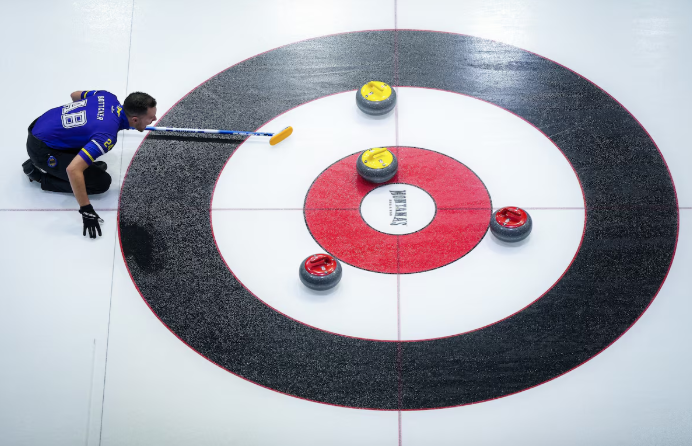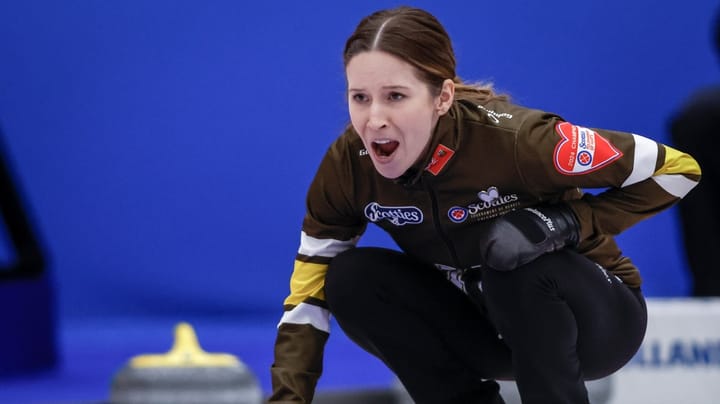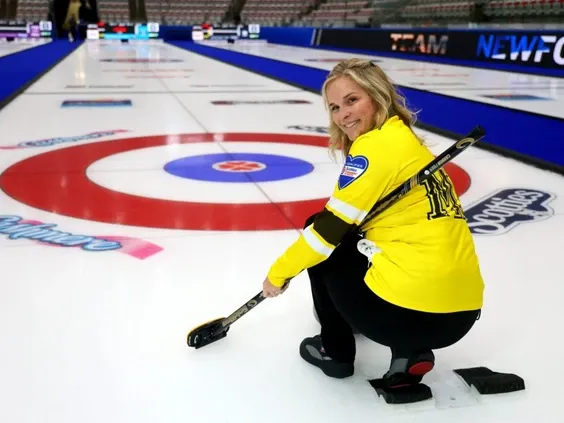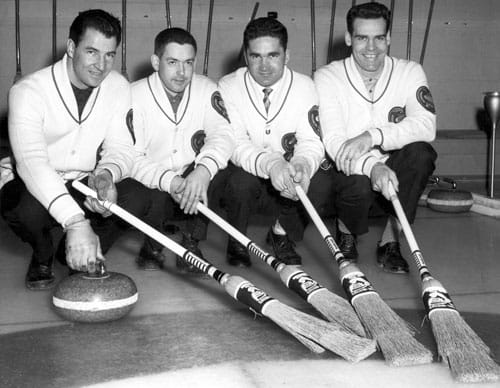Ice, Stones, and Royalty: Queen Victoria's Role in Curling's Evolution

Queen Victoria’s reign (1837-1901) saw remarkable changes in British society, and one of the more unexpected connections she made was with the sport of curling. Her royal endorsement of the game in the mid-19th century played a crucial role in elevating curling’s status, transforming it from a regional pastime to a widely recognized and respected sport. While her involvement was brief, it significantly contributed to the sport's popularity and development, both in Scotland and abroad.
A Royal Introduction to Curling
In 1842, during a visit to Scone Palace near Perth, Scotland, Queen Victoria was introduced to curling by the Earl of Mansfield, the president of the Grand Caledonian Curling Club. The event was a demonstration of the sport, which was then still relatively obscure outside Scotland. The demonstration took place indoors, on a polished ballroom floor, as the weather was too mild for outdoor play. Despite the unconventional setting, the Queen was immediately fascinated by the game’s strategy and precision.
Impressed by what she saw, Queen Victoria was keen to try curling herself. She attempted to throw a curling stone, but found it too heavy for her "delicate arm," as she described it. Although she didn’t have much success in the physical aspect of the game, the Queen’s enthusiasm for curling was unmistakable. This initial engagement would mark the beginning of a notable connection between the British royal family and the sport.
Royal Patronage and the Birth of the RCCC
Queen Victoria’s interest in curling didn’t stop at the demonstration. In 1843, just a year after witnessing her first curling match, the Queen granted royal permission for the Grand Caledonian Curling Club to change its name to the Royal Caledonian Curling Club (RCCC). This royal endorsement was a game-changer for curling, helping to legitimize it as a respectable and aristocratic sport. It also marked a significant moment in the formalization of curling, as the RCCC became the governing body for the sport.
In addition to Queen Victoria’s endorsement, Prince Albert, her husband, became the patron of the RCCC. His royal involvement further solidified the club’s stature, drawing attention to curling as a socially respectable activity. The royal connection likely encouraged more people, including members of the British aristocracy, to take up curling. This helped broaden the sport’s appeal beyond its Scottish roots, contributing to its growth both within the United Kingdom and internationally.
Furthermore, the formation of the Royal Caledonian Curling Club brought about the standardization of rules and the organization of competitions. The RCCC played a pivotal role in shaping curling’s modern structure, organizing events that adhered to these new standards. The Queen’s royal support also helped raise the profile of curling in the media, making it a subject of interest for a wider audience.
The Queen’s Changing View on Curling
Despite her early enthusiasm, Queen Victoria’s relationship with curling became more complicated over time. By 1876, reports indicated that she had ordered curling to be discontinued on the Balmoral estate, her Scottish residence. The Queen had grown concerned that the sport might encourage excessive drinking, a behavior sometimes associated with curling gatherings. This change in attitude highlights the shifting social dynamics and Victorian concerns over propriety and moral conduct.
While Queen Victoria’s later reservations about curling are notable, they did not diminish the significant impact of her earlier support. Her royal patronage had already cemented the sport’s respectability, and by the time of her order to cease play at Balmoral, curling had become firmly established as a beloved and formalized sport in Scotland and beyond.
The Lasting Legacy of Royal Support
Despite the Queen’s eventual reluctance, her early involvement in curling left an indelible mark on the sport’s history. The Royal Caledonian Curling Club’s royal patronage, which began with Queen Victoria, contributed to curling’s institutionalization, ensuring its place in the sporting world. By legitimizing curling and supporting its formal organization, Queen Victoria helped elevate the sport’s social status, particularly among the British aristocracy.
Additionally, her endorsement helped lay the foundation for curling's spread beyond Scotland. As a result of the RCCC's activities, including the formalization of competition rules and the promotion of the sport, curling gradually expanded beyond the United Kingdom. Today, curling is a popular sport enjoyed worldwide, with international competitions like the Winter Olympics showcasing its enduring appeal.
Conclusion
Queen Victoria’s involvement with curling was a pivotal moment in the sport's history. Her initial fascination with the game, followed by her royal endorsement and the formation of the Royal Caledonian Curling Club, helped to elevate curling from a regional pastime to a respected and organized sport. While her later reservations about the game reflect the complexities of Victorian attitudes toward leisure and propriety, her early support ensured that curling would continue to thrive, both in Britain and around the world.
From a demonstration at Scone Palace in 1842 to the royal establishment of the RCCC in 1843, Queen Victoria’s contributions to curling were fundamental in shaping the sport’s legacy. Today, curling continues to benefit from the foundation laid during this remarkable period, with a royal connection that remains a point of pride in the sport’s rich history.



